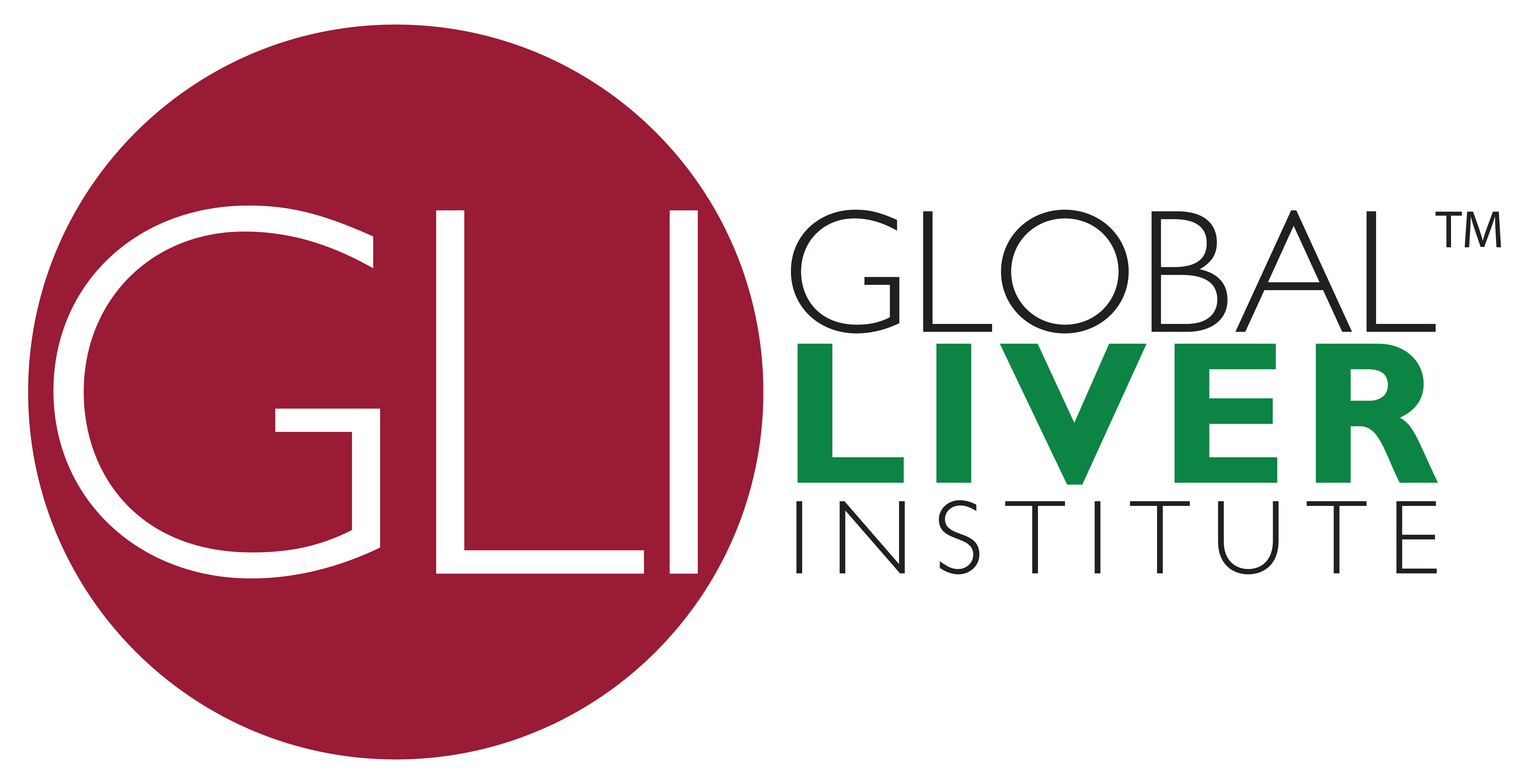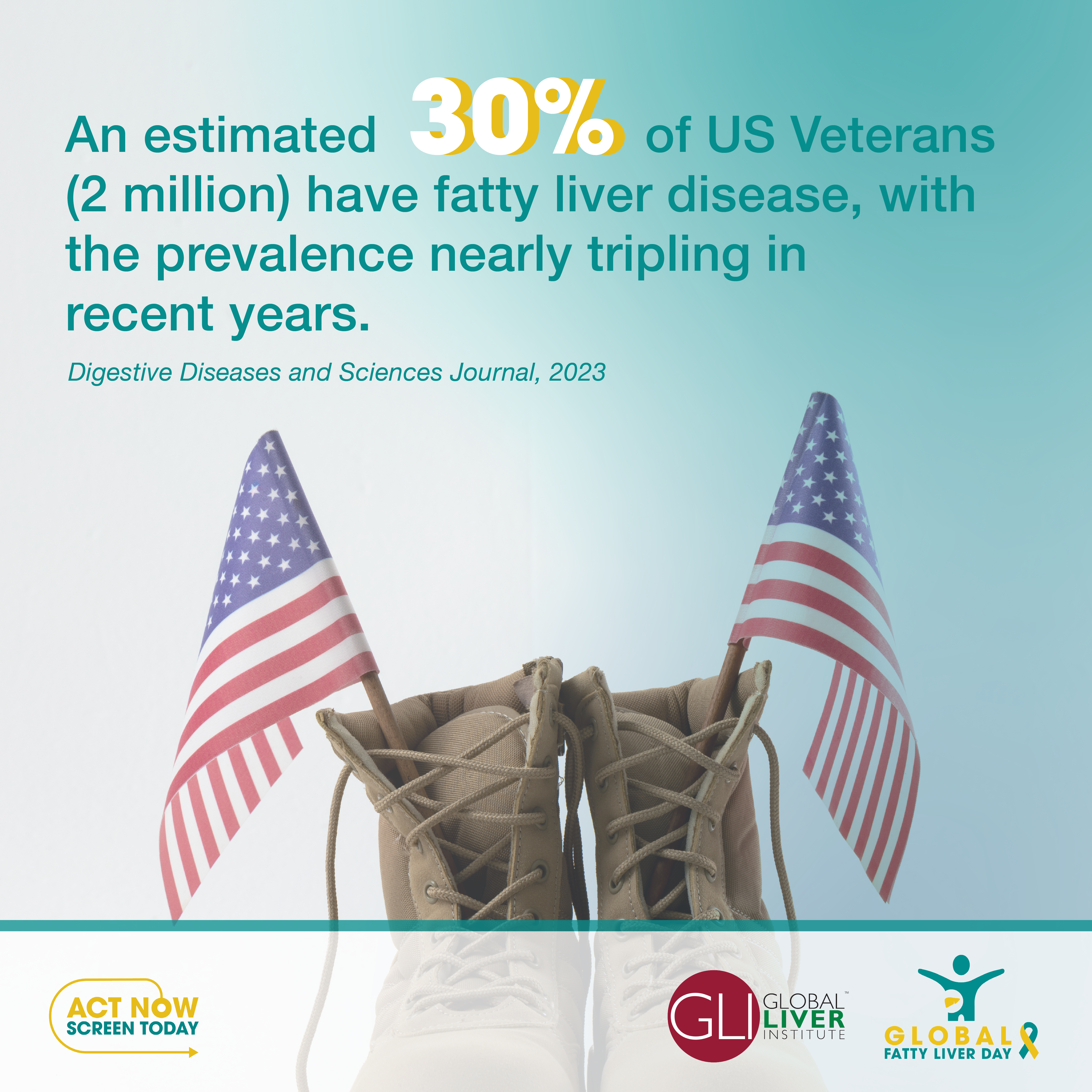
Deploying Solutions: How Can Veterans Manage Fatty Liver
Understanding Fatty Liver Disease
Fatty liver disease includes a spectrum of liver conditions characterized by excess fat accumulation in the liver of individuals. It encompasses a range of conditions, from simple steatosis (fatty liver) to nonalcoholic steatohepatitis (NASH), as well as nonalcoholic fatty liver disease (NAFLD) which can progress to cirrhosis, liver failure, and hepatocellular carcinoma. Globally, more than 1 in 4 people are impacted by NAFLD, and of those, 1 in 5 will go on to develop the more advanced condition NASH.
Contributing Factors to Fatty Liver Disease in Veterans
Veterans are at an increased risk of developing NAFLD due to various factors, including:
- Military-related exposures: Exposure to environmental toxins and hazardous substances during deployments or service-related duties can contribute to liver damage.
- Lifestyle factors: High-calorie diets, limited access to nutritious foods during deployments, and irregular eating and sleeping patterns common among military personnel can exacerbate the risk of NAFLD.
- Co-occurring conditions: Veterans often face comorbidities such as obesity, diabetes, metabolic syndrome, mental health conditions, and substance use disorder, which are significant risk factors for NAFLD.
The VHA’s Role in Addressing Fatty Liver Disease
The VHA has recognized the growing burden of NAFLD among Veterans and has taken proactive measures to address this issue. These initiatives include:
- Guidelines and protocols: According to Michael Fuchs, a recent guest on GLI’s weekly educational show, the VHA has developed and deployed guidelines for healthcare providers to screen, diagnose, and manage NAFLD among Veterans. This includes risk stratification and the establishment of specialized clinics for metabolic disorders.
- Treatment advancements: Recent advancements in treatment options, including new drugs for NASH, have marked a significant shift in the VHA’s approach to liver health. These treatments offer hope for improved outcomes and quality of life for Veterans with NASH.
- Collaborative efforts: Collaborations with organizations such as Global Liver Institute have helped fill gaps in resources and support tailored to Veterans’ needs. These partnerships aim to enhance awareness, access to care, and opportunities related to NAFLD.
Addressing Structural Inequities in Veteran Healthcare
Policy changes are crucial to improving access to healthcare for Veterans with NAFLD. The development of comprehensive metabolic/NAFLD clinics across all VHA medical centers, as suggested by experts, would integrate multidisciplinary care, point-of-care evaluation, and access to clinical trials. These initiatives can ensure that NAFLD care and outcomes become key performance targets for all providers.
Moreover, leveraging embedded electronic health record’s predictive algorithms, which help predict trends and patterns, can aid in identifying patients at risk for NAFLD in primary care clinics. Increasing access to diagnostic tools like transient elastography, an ultrasound-based non-invasive diagnostic tool, within the VHA healthcare system is essential to improving early detection and intervention.
The Importance of Integrated Care and Early Intervention
Integrated care models that include mental health support and treatment for substance use disorders are vital in managing NAFLD among Veterans. Mental health conditions, such as depression and substance use disorders, often coexist with NAFLD, emphasizing the need for comprehensive care strategies. Despite a recognized need, there is a noticeable gap in research on the impact of various mental health conditions on Veterans with cirrhosis, a group notably affected by higher rates of these concurring conditions. However, a recent study with an extensive group of Veterans diagnosed with cirrhosis indicated that mental health conditions were linked to higher all-cause mortality rates. However, consistent utilization of outpatient mental health services helped reduce this mortality risk, particularly among individuals with alcohol or substance use disorder.
Fatty liver disease, especially NAFLD, is a big health concern for Veterans, and the VHA is stepping up to help. They’re pushing for policy changes, teaming up with organizations, and trying out new care models to make healthcare more accessible and improve the lives of Veterans. Early intervention, comprehensive care, and patient-centered approaches are essential in ensuring the well-being and liver health of those who have served their country.
|
OLD TERMS |
NEW TERMS |
|
FLD – Fatty Liver Disease |
SLD – Steatotic Liver Disease |
|
NAFLD – Nonalcoholic Fatty Liver Disease |
|
|
NASH – Nonalcoholic Steatohepatitis |
MASH – Metabolic Dysfunction-Associated Liver Steatohepatitis |
